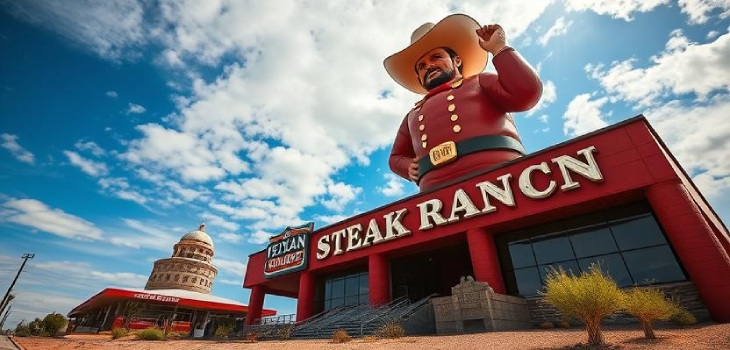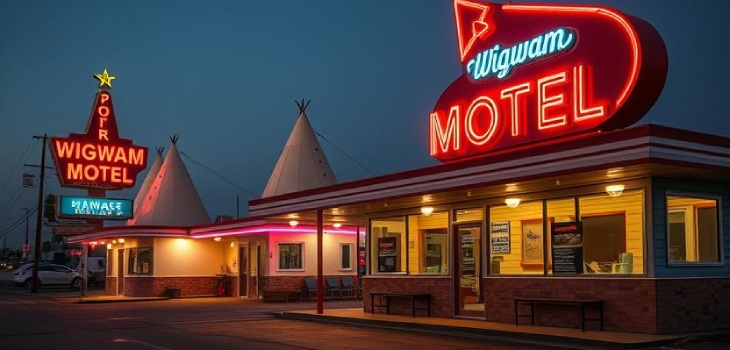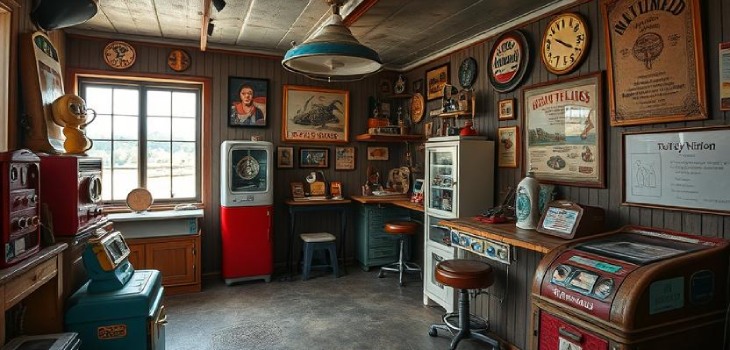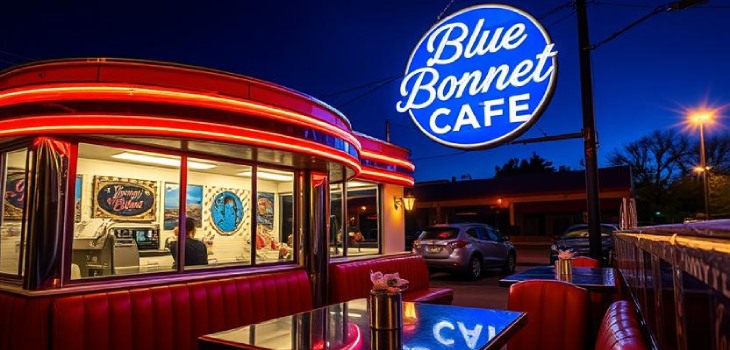America’s highways are more than just roads, they’re a tapestry of strange, fascinating, and often massive roadside landmarks. Each quirky attraction tells a unique story, serving as a living tribute to a bold, eclectic past. As a photographer, capturing these vintage spots is about more than preserving history; it’s about celebrating the American spirit, unapologetically fun and full of surprises. This photo essay highlights some of the most picturesque and memorable roadside icons, inviting you to explore America’s most eccentric landmarks.
The Draw of Roadside Icons
Roadside attractions, much overshadowed by the bigger tourist sites, hold a special allure to everyone. They hark back to times when the journey mattered as much as the destination. Such quirky landmarks were not built for social-media snaps or high-end tourism; they came into being as a result of a mix of creativity, humor, and local pride. For a photojournalist, they are a trove of visual storytelling that have both character and context for a fragment of Americana.
When cars came into the picture in the mid-1900s and long-roads began stretching indefinitely, the opportunity became ripe for build-ups of these gigantic caricatures. These structures are testimonies to a relatively serene and experimental period, and to an untrained eye, they might seem like ulterior extravaganza. To a photographer, it means more than taking pretty pictures; it means recording the enormous stories that give identity to a place and time.

The Monumental Structures
Very tall sculptures, one of the distinctive features of American roadside icons, seem to compete with the sky above. These outrageous, enormous structures- gigantic beyond every logic posed by local pride-big Texan Steak Ranch cowboy in Amarillo, Texas, make very dramatic backgrounds for photographs. They stand as symbols of local pride, a reminder of when a montage of everything too big or too weird was set up to seize attention.
The challenge in photographing gigantic structures is that one must come up with a way of looking through a window so that the architecture is so utterly massive that it cannot be reduced away from its whole. Albertian perspective entails playing with light, space, and the surrounding landscape to create this incredible sense of awe and see human scale. Be it from below, with the sky towering above, or an aero shot, somehow, these roadside giants are endless in producing dynamic compositions.

Retro Motels and Drive-Ins
Equally iconic were those urban and roadside motels and diners that constituted the quintessential American road trip. Quite a few of them, unchanged for decades, stand frozen in time, giving photographers an opportunity to capture the middle of the last century: their neon signs, their old facades, and their colorful architecture Chirp of a time when things were just simpler, more nostalgic.
The teepee-shaped rooms of the WigWam Motel in San Bernardino are among the remaining few of the uproarious designs that once baffled the lookout for tired travelers. To photographers, finding the right interplay of neon lights and twilight color offers the chance to inspire nostalgia-something that often goes beyond just the image and brings the viewer into the realm of the open road.
These places are less about skills and tools and more about being able to take a soul picture. Fell-away paint, cracked tile, and shaky neon-lights sing the aging song together. As a photojournalist, your camera is a time machine recording history, representing a keystone that remains pertinent while the world continues to flow.

Quirky Museums
While giant sculptures and old-fashioned motels enjoy their share of publicity, the roadside attractions in mysterious museums scattered across America are among the nation's most fascinating. These small and obscure collections have a treasure trove of oddities, whether it is the International UFO Museum in Roswell, New Mexico, or the Jelly Belly Factory in California. They may not be on every traveler’s itinerary, but such places offer the rare chance to photograph objects of singular cultural or historical interest.
The very nature of roadside museums requires photography that goes beyond mere recording of artifacts and must include capturing the aura of curiosity and a wish to save the unusual. Whether it is a wall of bizarre memorabilia or an exhibit of extraordinary inventions, roadside museums give an opportunity to present stories about odd and interesting things. Light and shadows, together with texture from the exhibit, form an integral part of the shots, turning a mundane object into a feature filled with meaning.

The Dining Experience
Out there on the road, the classic American diner with its chrome sparkle and intimate booths awaits wandering souls. These eateries, though, have become more than just quick-stop meal spots; such locales have been cultural backdrops cherished for their retro appeal and its arguably significant role in road trip mythos. A photographer seeking representation of the neon walk-lit diner ambience, with glinting plate surfaces and the patient shuffle of a waitress, pairs brilliantly with everyday Americana.
Blue Bonnet Café in Marble Falls, Texas, provides the classic diner feel with its yummy pies and old-time menu. Patience and a good perception of details go into capturing an intimate picture of this. The neon sign glowing in the darkening sky, the plate just set down, or the locals quietly chatting over cups of coffee deserves to be told as the tale of American diner culture.
A Timeless Journey Through the Lens
What truly makes roadside icons endearing is their genuineness and those landmarks are far from polished tourist destinations. Instead, they were symbols of a time when an American highway, indeed, was the canvas for creativity, humor, and big ideas. They are calling in a challenge to travelers and photographers alike: Come away from the beaten path and embrace the unknown.
There's more to photographing these landmarks than capturing one image. It is the story of a culture that finds beauty in the unusual and considers an encore to such beauty. Every stop along the road invites one to explore the peculiarities of the places and the people who make America's roadside attractions so intriguing.
As the world gets faster and tech reshapes the nature of travel, these roadside forebodings remind us of a slower, simpler time. Such establishments represent the bona fide American road trip, immortalized through photography.
